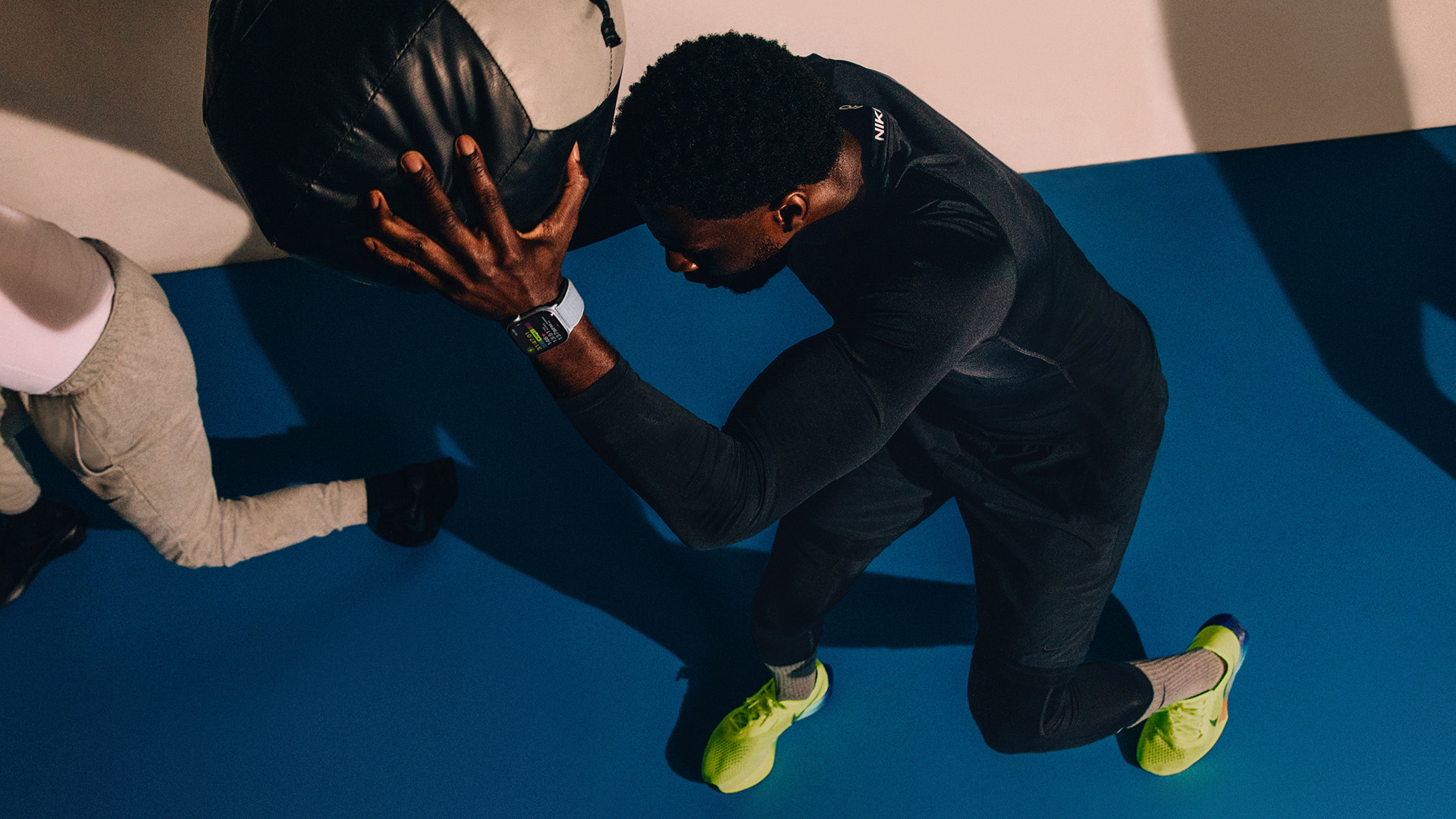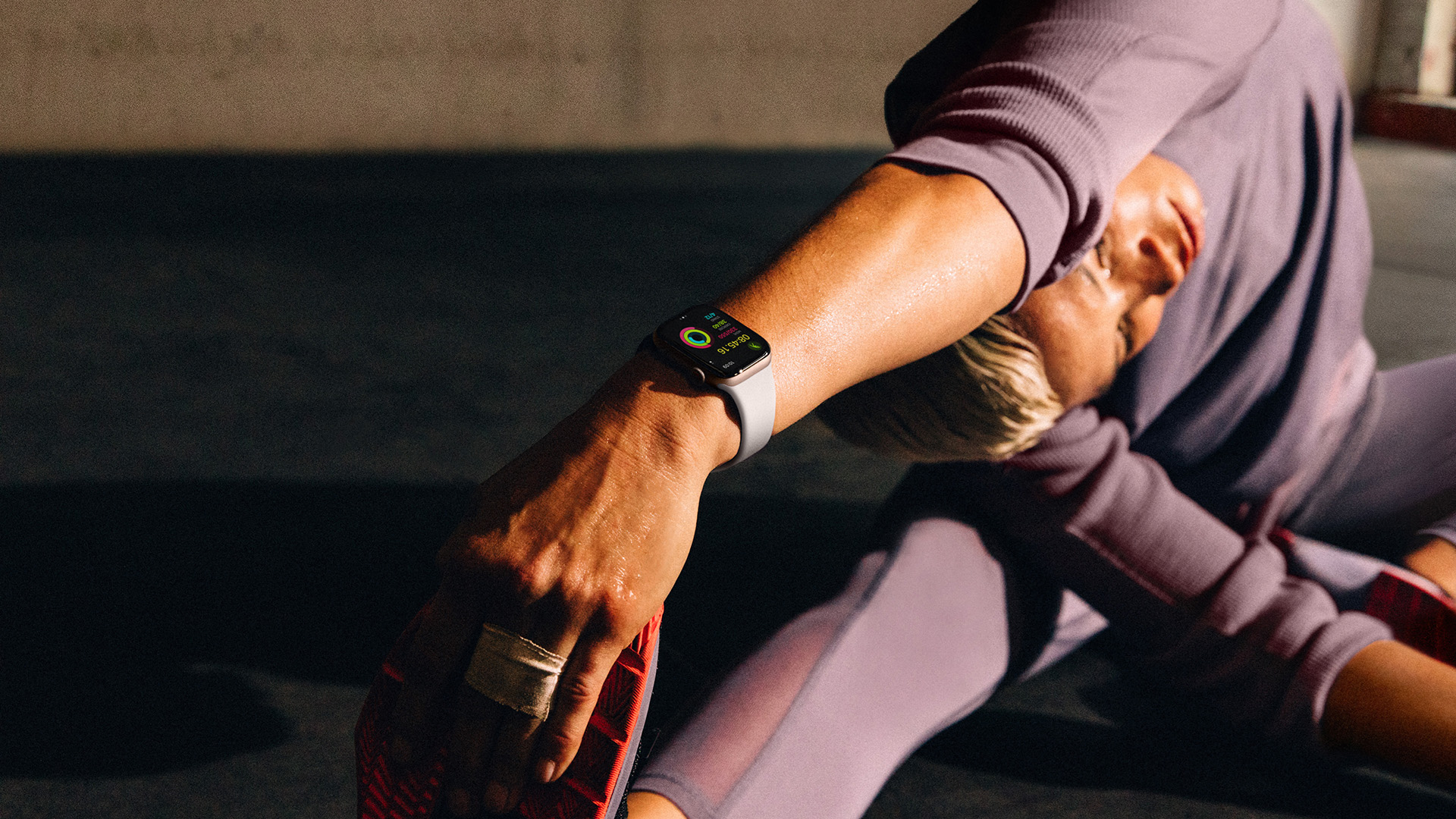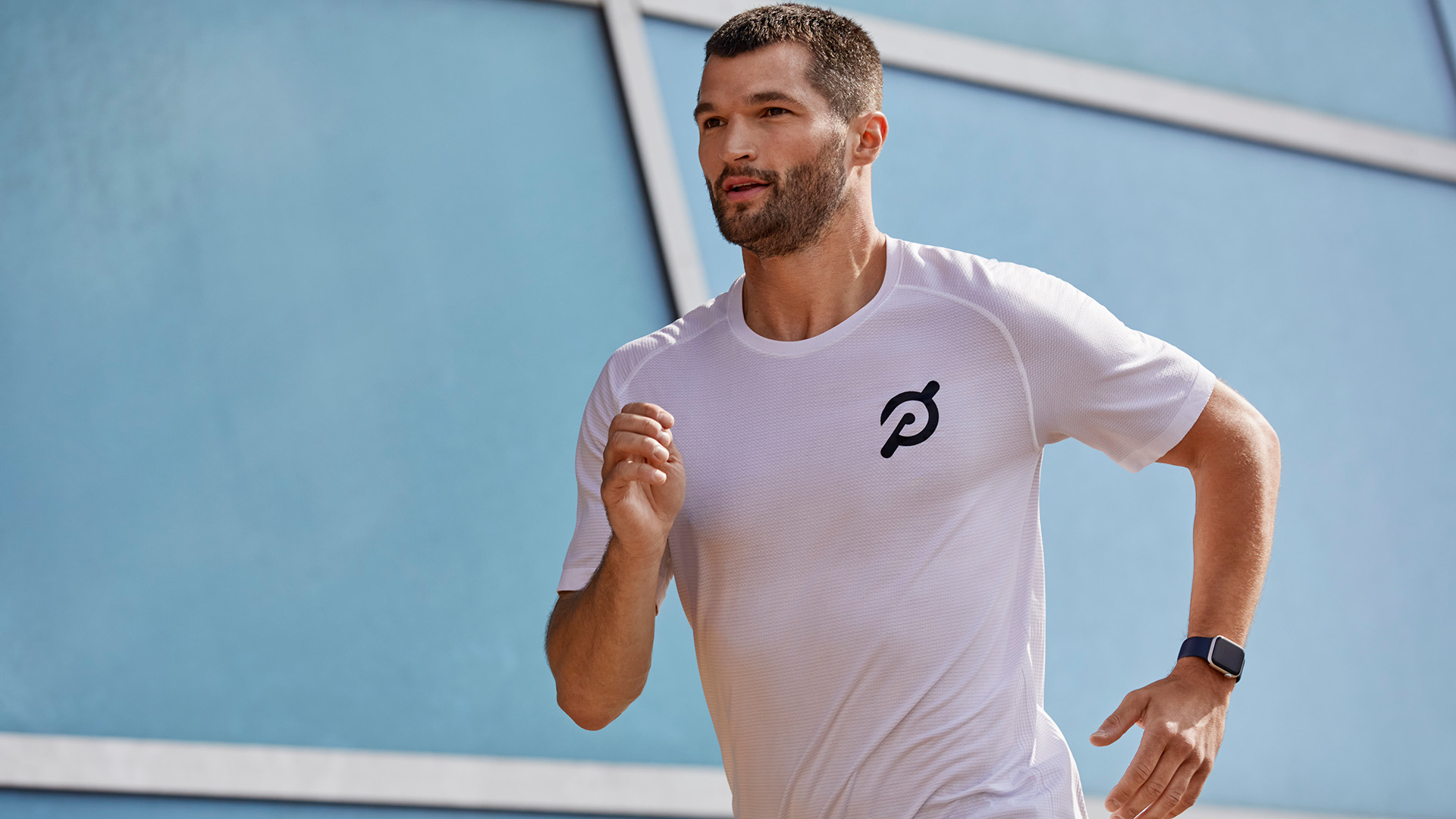
You already know that your Apple Watch is more than just a fitness tracker. It’s practically your personal coach, sleep monitor, and general life organiser all rolled into one. But there's one feature you might not be taking full advantage of: Training Load.
This unsung hero of a fitness feature has been introduced with watchOS 11, alongside many non-fitness-related updates. Training Load is a good example of Apple’s efforts to distinguish its wearables from the best smartwatches by offering advanced training tools to athletes.
Training Load can help you train smarter, stay injury-free, and achieve your performance goals. So, what exactly is it, how does it work, and how does it stack up against similar features on other smartwatches? Let’s dive in.
What Is Training Load?
Training Load is a metric designed to quantify how much stress your workouts are placing on your body over time. It combines all the juicy data your Apple Watch collects, including heart rate, workout duration, intensity, and recovery time, and churns out an easy-to-understand score.
This score helps you gauge if you’re training at the right intensity and frequency for improving your fitness while minimising the risk of overtraining or injury. It's like a real-time report card for your body, letting you know if you're doing just enough or need to slow down (or speed up) to get the best results.
How does Training Load work?
Here’s where things get cool. Training Load on Apple Watch isn’t just a snapshot of your latest workout; it’s more like a long-term view of how all your exercise adds up over the week or month. It uses heart rate zones to assess how hard you’ve been working, and then weighs that against your baseline fitness level.
The feature tracks two key things. Acute Load is your short-term load, typically calculated over the last seven days. It gives you a picture of your recent training intensity. Chronic Load is your long-term load, usually calculated over a month or so. It shows how your body is adapting to your training over time.
The magic happens when these two loads are compared. If your acute load is way higher than your chronic load, you're at risk of overtraining and injury. On the flip side, if your acute load is lower than your chronic load, you’re not pushing yourself enough to make meaningful fitness gains.

Why does training load matter?
If you're aiming to get fitter, faster, or stronger, consistency is everything. But how do you strike the balance between pushing hard and not overdoing it? That’s where Training Load comes in. By analysing your training habits and physiological data, it gives you tailored recommendations for how to train smarter and not just harder.
For instance:
- If your Training Load is low, your Apple Watch might suggest increasing the intensity or duration of your workouts.
- If your Training Load is high, it might recommend recovery sessions or lighter activity to prevent overuse injuries.
- If you’re in the optimal range, congratulations! You’re training like a pro and on track to hit your fitness goals.
How to use training load effectively
To really make the most of Training Load, you need to pay attention to the feedback and adjust your training accordingly. Here’s a quick guide:
- Monitor your recovery: After a particularly tough week, let your Training Load guide you toward lighter workouts. Recovery is crucial for muscle repair and growth.
- Don’t be afraid to push yourself: If your Training Load is consistently low, you’re probably not challenging your body enough. Use it as motivation to up your intensity.
- Stay consistent: The key to improvement is consistent effort over time. Watch how your chronic load trends upward as you stay disciplined and follow your Apple Watch’s cues.

How does it compare to other smartwatches?
Now, let’s compare Training Load on the Apple Watch to a brand that’s been synonymous with fitness tracking: Garmin. The best Garmin watches has long been the go-to for endurance athletes, and its Training Load feature is quite robust.
Garmin’s Training Load is highly detailed, especially on higher-end models like the Forerunner and Fenix series. Garmin incorporates not just heart rate but also advanced metrics like VO2 max, training effect (anaerobic vs. aerobic), and even real-time feedback from power meters for cyclists. Apple Watch, while precise in heart rate tracking and calorie burn, doesn’t delve as deep into performance analytics as Garmin.
Both Apple Watch and Garmin offer recovery and training recommendations based on your load. However, Garmin tends to give more granular advice. Garmin devices often break down whether a session was improving your endurance, speed, or anaerobic capacity, giving more specific training insights. Apple Watch focuses more on overall balance, whether you’re undertraining or overtraining.
Apple Watch’s Training Load is designed to be easy to understand and accessible to everyday users. Garmin’s system, while comprehensive, can be overwhelming for beginners. Apple’s version is perfect for those who want a straightforward metric without diving into too much technical detail.
Better still, Apple’s Training Load integrates smoothly with its Fitness+ platform, offering personalised workout suggestions based on your current training status.
How to find your Training Load on the Apple Watch
Finding your Training Load metrics on your Apple Watch is as simple as opening the Workout app or heading over to the Fitness app on your iPhone. Once there, you’ll see how your training effort measures up against your goals.
Apple's ecosystem will also integrate this data into the Fitness+ recommendations, helping you pick the right workouts based on your training status. Whether you're a marathon runner, a casual jogger, or someone trying to get back in shape, this feature tailors its insights to your specific fitness journey.

Why Training Load is a must-use feature
The Apple Watch Training Load feature is all about efficiency, helping you do just enough to maximise your gains without tipping over into burnout territory. It takes the guesswork out of your training and ensures you’re on the right track toward your goals.
It might not be the feature that convinces people to buy an Apple Watch, but it fits perfectly into the broader Apple training ecosystem, allowing you to train smarter without the need of external sensors or additional gear. In that sense, Training Load provides an excellent value for money for Apple Watch users who want to improve their fitness and performance over time.







